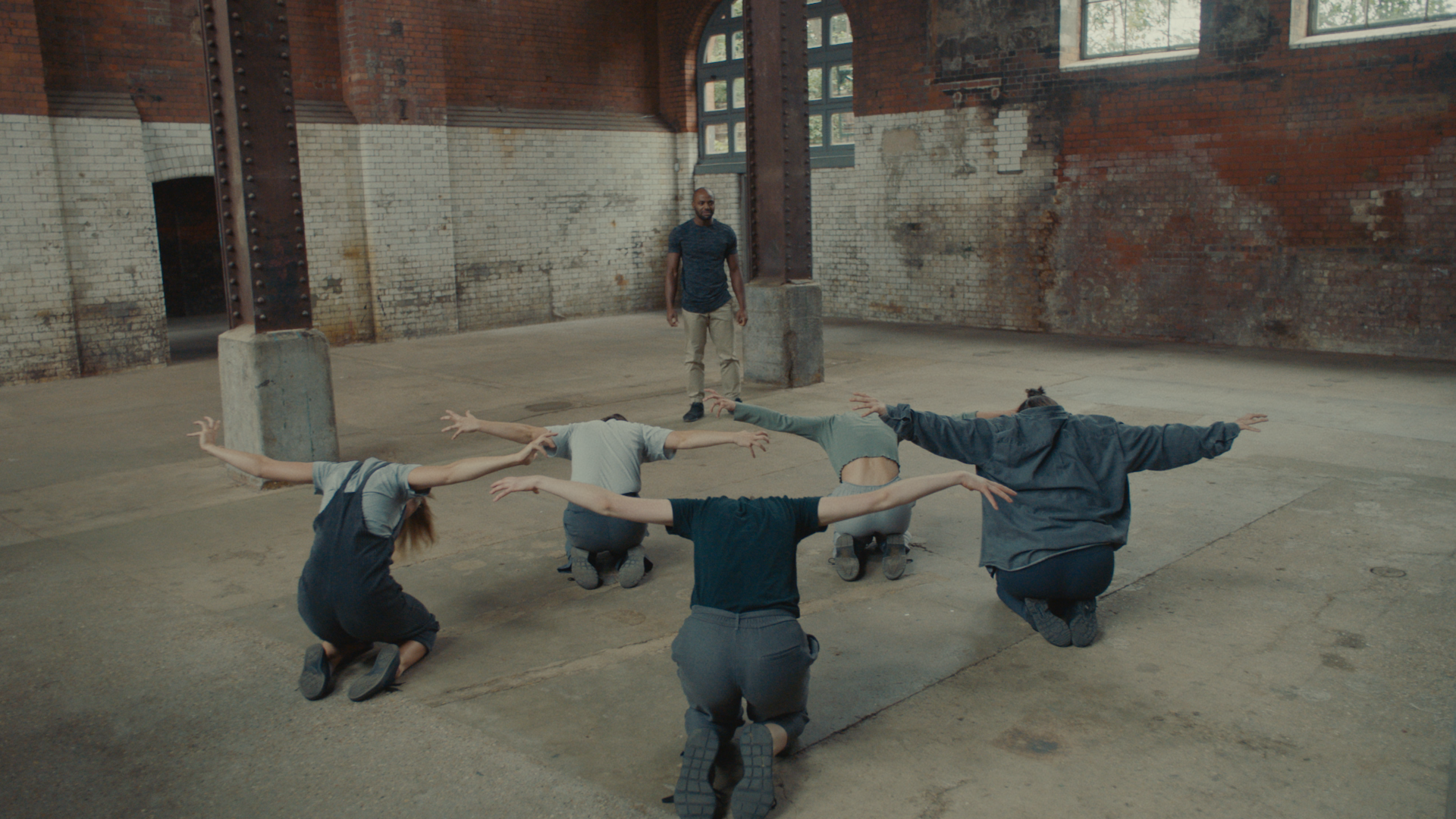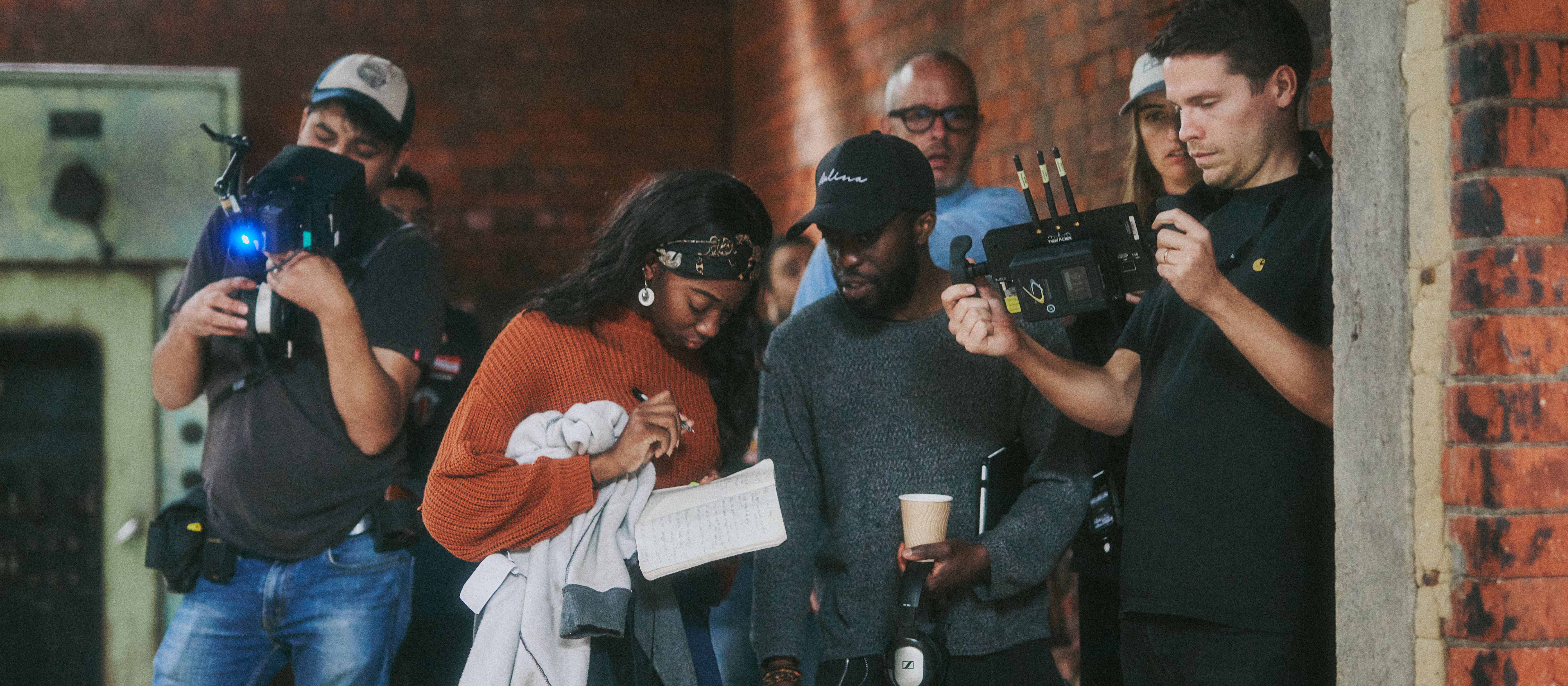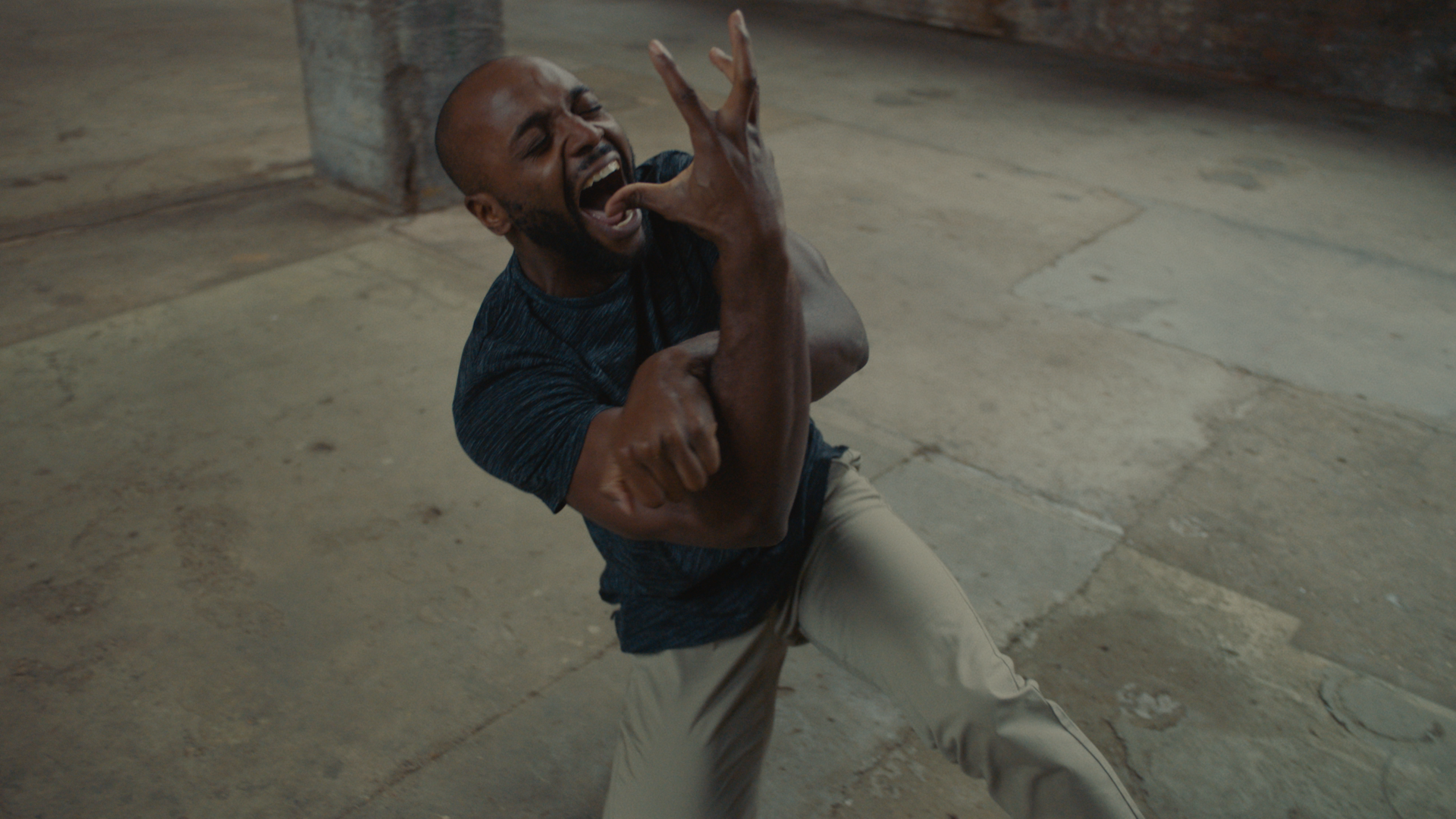Words by Katie Hagan.
When I asked the award-winning director and choreographer Lanre Malaolu about where his movement story originated from, I didn’t know what I thought I’d get in reply. Sometimes, actually in most cases, the absence of a preconceived idea definitely makes everything far more interesting, as I was soon to discover. “If I was at a drama class or a party I was in the centre, whipping around like the Tazmanian Devil,” Lanre says between spells of laughter, charmed by his memories. “I guess you could call it dancing. All that I knew was the way it was making me feel.”
Trained at Drama Centre London and decorated with a number of film festival features — including every indie filmmaker’s reverie, Sundance Film Festival — Lanre Malaolu has always had an eye for transforming a feeling or idea into something corporeal. The majority of his past creative successes have seen him as the director and choreographer; whether it is touring alongside hip-hop powerhouse Breakin’ Convention or working on commissions from the prestigious British Film Institute. “Film’s power to tell hidden stories is so powerful. It’s crazy how someone from the furthest corner of the world can watch your work at the click of a button and be totally impacted by it!”
Lanre is a storyteller at heart and is fascinated by what makes people be ‘people’ and act in the way they do. His live-theatre piece Elephant in the Room embarked on a successful three-week stint at the Camden People’s Theatre early last year, and transferred to the Roundhouse late last year. Its subject matter, black men’s mental health, was planted right in the spotlight and was praised by critics for raising awareness on a long-neglected and misinterpreted issue at the centre of our society.
His latest work, The Conversation, moves in a similar-ish strain to Elephant in the Room. Anyone who is tracing Lanre’s oeuvre will recognise he makes art which uses disruption to engage people in critical education. His newest film is no exception. The Conversation gives insight into the various emotions Black people feel when talking to their white counterparts about their racial experiences. The stories usually fall on deaf, guarded ears.

The use of film, physical theatre and hip-hop has enabled stories to overlap and intertwine, culminating in the creation of a powerful message about empathy, selflessness and guilt. It also sees Lanre reunited with his collaborator, sound designer and composer Jan Brzezinski, who created the live musical score for Elephant in the Room.
The Conversation is shot in such a cinematic way that it pierces into the centre of the situations which are presented. Its topic might appear to sing a similar tune to Reni Eddo-Lodge’s seminal publication, Why I’m No Longer Talking to White People about Race, a book about white people’s blindness and indignance regarding ‘covert’ and structural racism. “I’ve read the blog which predicated Eddo-Lodge’s book. We used extracts from the blog in rehearsals, where our entire cast studied it. Considering the cast is mainly white women, these conversations were needed.”
When I question whether The Conversation presents different perspectives on discussions about racial incidents, I sense, from Lanre’s pause, that the word ‘perspective’ is a scratch which he needs to itch.
“It’s more about circles to be honest, circles of attention.” Like a Venn diagram? “Let’s take an example: there is a circle about how a black man talks about his racial experience to this white woman he’s dating, aware of how some of his previous conversations have ended. But then you have an outer circle which looks at how Black people talk to white people about race. Then you have other circles which converge here; where white people are defensive… how these situations affect mental health, or what it feels like to continuously have to explain yourself and your experience because someone doesn’t want to understand and look outside of their privilege.”
“Race is a nuanced conversation, there are so many layers to it. Right now, for instance, there needs to be positive discrimination, where people of colour have access to the roles and opportunities which were once never made available to them.”
“In regards to the film, some white people may not be able to see or even accept what it conveys because their ignorance is sewn deep. For others, the film will resonate with them. Will it spark the memory of a conversation they had with their Black friend? Maybe…”

Broadly speaking, modern literary theories have shown us that language can be pretty messy when it comes to bearing what we want it to. Words are loaded with bad experiences, terrible decisions and inaccurate meaning. They fall short. Maybe it is why movement has this added sense of currency in The Conversation.
“In this piece, we’ve made sure we translate the feelings people of colour experience through movement. Can you feel this? Can you sense it? Can you see it? Not simply can you read it.”
Lanre is truly invested in connecting people through a more universal approach to film and choreography. “I am a working-class black man so naturally my experiences will inform the work I make. It’s important to hear the voices from marginalised communities. But it doesn’t mean I’m putting myself in a box to be ticked. I want my work to have causality; to be for my community and those beyond that. I have to bring crucial conversations to the surface in order to perpetuate change. I want to change, right?”
Going beyond The Conversation, Lanre aims to keep making work which breaks from the status quo. “Each work comes from what I see and what I want to explore, what keeps me up at night,” he expresses. “It’s real and comes from within. When the time comes to making the idea a reality, I always want to make a space which is open, accepting and filled with love. That is where people can thrive.”

“Lanre Malaolu’s The Conversation has been re-released and is available to watch now on Vimeo.
